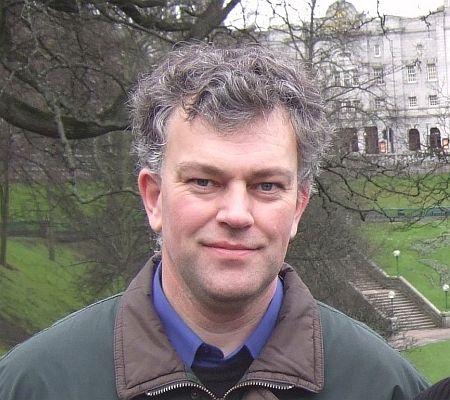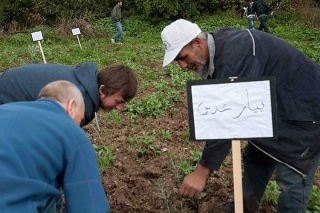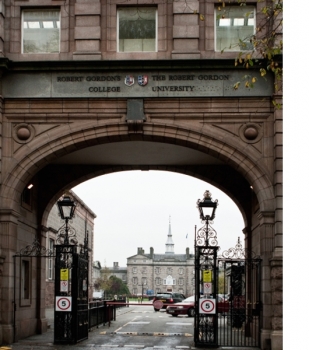This week marks the 242nd anniversary of the Paris Commune of 1871. The Commune was one of the most important examples in history of people taking control of their own lives and reorganising their society. In the first part of Simon Gall’s two-part examination of the Commune through the eyes of some important progressive scholars, we take a look at how the Commune came about, its short history and its structure.
The experiment ended in May 1871 when it was destroyed by the French government, but its legacy lives on and it continues to inspire. The Commune was the subject matter of the Socialist and Anarchist anthem, “L’Internationale”
The Commune and its importance.
“Working men’s Paris, with its Commune, will be forever celebrated as the glorious harbinger of a new society. Its martyrs are enshrined in the great heart of the working class. Its exterminators’ history has already nailed to that eternal pillory from which all the prayers of their priest will not avail to redeem them.” – K Marx – The Civil War in France
“Paris inflicting a mortal blow upon the political traditions of the bourgeois radicalism and giving a real basis to revolutionary socialism (anarchism) against the reactionaries of France and Europe….Paris destroying nationalism and erecting the religion of humanity upon its ruins; Paris proclaiming herself humanitarian and atheist, and replacing divine fictions with the great realities of social life and faith in science.” – M Bakunin – The Paris Commune and the Idea of the State
“It was an event unprecedented in history. Up to that time power had, as a rule, been in the hands of landowners and capitalists, ie the hands of their trusted agents who made up the so-called government.” V Lenin – Lenin on the Commune – 3 – In Memory of the Commune
“The direct antithesis of the Empire was the Commune.” – K Marx – The Civil War in France
“The political form at last discovered under which to work out the economic emancipation of labour.” – K Marx – The Civil War in France
Overview
In 1871, the citizens of Paris took control of their own destinies and sought to break with the idea of bourgeois government, by seizing Paris and moulding it into something new.
On 18 March, they proclaimed the Commune and began dismantling the old Bonapartist structures of government.
People grew excited at the prospect of being masters of their own lives as the Commune began promulgating revolutionary decrees. However, after only 72 days, the rebellion was ferociously crushed by Government troops in a seven-day massacre.
Tens of thousands lost their lives but the idea lived, and still lives on. The experience of Communards changed political thinking forever and provided a sort of blueprint, or the beginnings of a blueprint, for future revolutions.
Lenin wrote of the Commune,
“The significance of the Commune, furthermore, lies in the fact that it endeavoured to crush, to smash to its very foundations, the bourgeois state apparatus, the bureaucratic, judicial, military and police machine, and to replace it by a self-governing, mass worker’s organisation in which there was no division between legislative and executive power.” – Lenin on the Commune – 6. Bourgeois Democracy
Who what when where why?
In July 1870, French Emperor Louis Bonaparte (Napoleon III) declares war on Prussia. However, only three months later, he and his General, MacMahon, are captured along with more than 80000 soldiers at the Battle of Sedan. On hearing the news, the workers of Paris storm the Palais Bourbon and force the legislative body to proclaim the fall of the Second Empire.
By evening, the provisional Government of National Defence (GND) is formed, “All Parisians capable of bearing arms had enrolled in the National Guard and were armed” and the Third Republic is proclaimed.
In the next few weeks, Bonaparte’s forces surrender and, by October 31, the GND is ready to begin negotiations with the Prussians, but the Parisian workers rebel. The enemy reaches Paris but is only allowed a small corner of the capital by the Parisians. The Prussians disarm the city’s Mobile Guard but permit the National Guard to keep their weapons.
The revolutionary sections of the National Guard form the Central Committee to coordinate matters inside Paris and the newly-formed government of Adolphe Theirs flees to Versailles in March.
On the 18 March, Theirs sends government troops to disarm Paris but the soldiers refuse to carry out their orders and instead turn their guns on their Generals Claude Martin Lecomte and Jacques Leonard Clement Thomas. Some soldiers join the Commune. Thiers is outraged and the Civil War begins.
The Paris Commune was elected through universal suffrage on the 26 March 1871.
The Structure of the Commune
The Paris Commune
“made use of two infallible means. In the first place, it filled all posts – administration, judicial and educational – by election on the basis of universal suffrage of all concerned, subject to the right of recall at any time by the same electors. And, in the second place, all officials, high or low, were paid only the wages received by other workers.” The maximum wage was set at 6000 francs, providing “an effective barrier to place-hunting and careerism…even apart from the binding mandate to delegates to representative bodies.”
The Commune was to spread across France. It was to be the structure of even the smallest hamlets.
“Rural Communes of every district were to administer their common affairs by an assembly of delegates (with the imperative mandate) in the central town” and was to be a “working body, not a parliamentary body, executive and legislative at the same time.”
Marx noted that the Municipal Councillors were “naturally working men, or acknowledged representatives of the working class.”
Decrees and Actions of the Commune
28 March
The Central Committee of the National Guard dissolves itself after decreeing the abolition of the Police.
30 March
The Commune abolishes conscription and the Army and declares the National Guard, comprising everyone who can bear arms, to be the sole armed force.
The Commune remits all payments of rent for dwelling houses from October 1870 until April 1871, with the amounts already paid to be used as future rent payments.
Foreigners elected to the Commune were confirmed in office. “The flag of the Commune is the flag of the World Republic”
1 April
Maximum wage set for Commune at 6000 francs (£4)
2 April
The Commune decreed the separation of Church and State. It abolished all state payments for religious purposes (priests’ wages etc) and all property was to become national property.
5th April
In response to the daily shooting of Commune prisoners by Versailles troops it was decreed that NO prisoner of the Commune should be shot.
6th April
La Guillotine was brought into the street by the National Guard and publicly burned “amid great popular rejoicing.”
8th April
Religious symbols, pictures, dogmas and prayers were excluded from schools.
12th April
The Commune decides to destroy Napoleon’s victory column, made from smelted weapons captured from a fallen army, as a symbol of nationalistic chauvinism.
16th April
Review of closed factories with a view to organising worker’s control of those factories in the form of co-operatives. The co-operatives were to federate into one great co-operative union. In the end 43 factories were organised this way.
30th April
Pawnshops were closed as they were “in contradiction with the right of the workers to their instruments of labour and to credit.”
5th May
The Commune orders the razing of the Chapel of Atonement which had been built in expiation of the execution of Louis XVI
9th May
The Versailles army closes in on Paris and captures its first Parisian fort.
10th May
The Treaty of Frankfurt is signed by Bismarck, the Prussian Chancellor, and Thiers the head of the French Government. The conditions were set out mainly by Prussia as they were in the strongest position. The deal was that France would pay Prussia 5bn Francs in indemnities over a shorter period of time than first agreed and Bismarck would continue the occupation of Parisian forts until he “should feel satisfied with the state of things in France”, making him the “supreme arbiter in internal French politics”. In return, Bismarck would release the remaining “100,000 French prisoners of war to help crush revolutionary Paris.”
References and further reading
M Bakunin The Paris Commune and the Idea of the State
F Engels Introduction to The Civil War in France
F Engels Reflection in Introduction
P Kropotkin The Conquest of Bread
P Kropotkin The Commune of Paris
V Lenin Lenin on the Commune
V Lenin Lenin on the Commune – Experience of the Paris Commune of 1871 – Marx’s Analysis
V Lenin Lenin on the Commune – Lessons from the Commune
V Lenin In Memory of the Commune
K Marx The Civil War in France
K Marx Letters to Dr.Kugelmann on the Paris Commune
In part 2 of Simon’s brief overview of the Commune, he will detail its destruction, the lessons that writers and political historians have learned from it and how its influence still permeates radical and progressive thinking nearly 250 years later.
- Comments enabled – see comments box below. Note, all comments will be moderated.
 With thanks to Martin Ford.
With thanks to Martin Ford.













